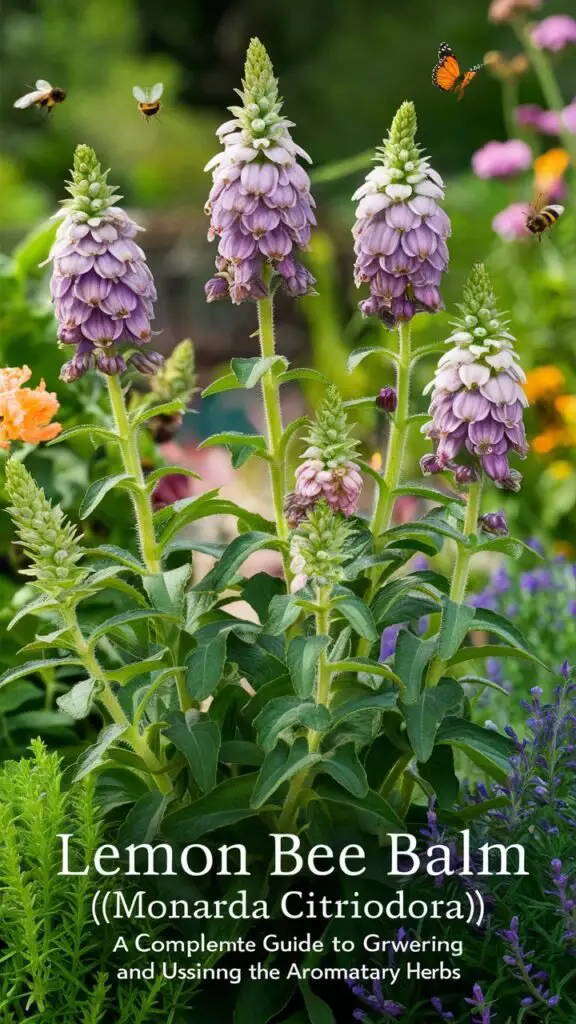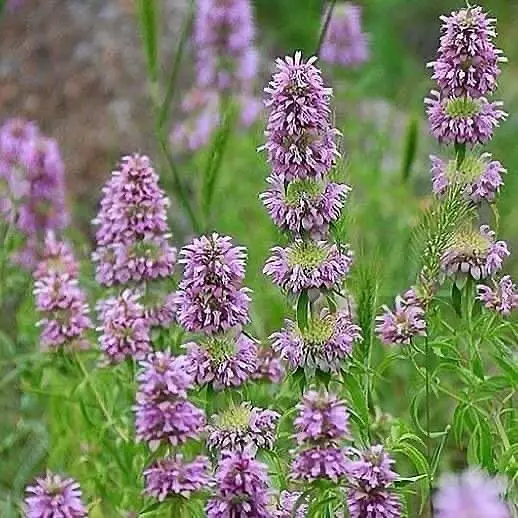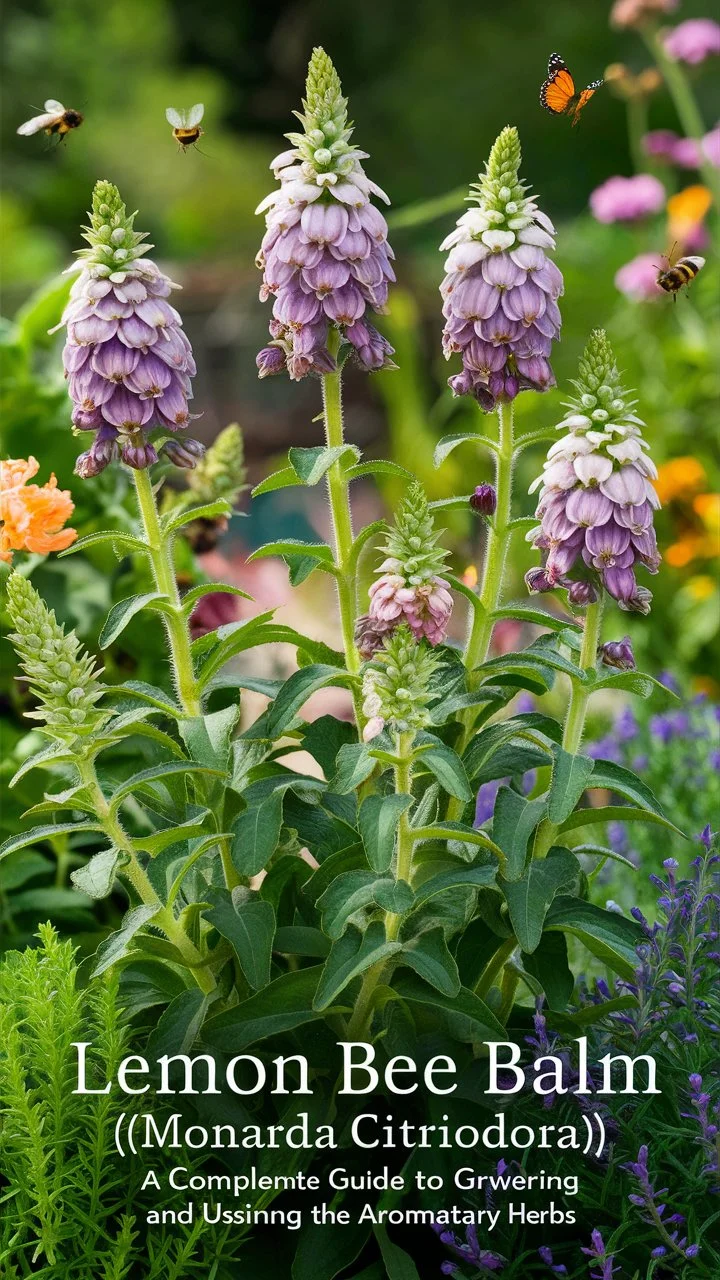Discover how to grow, care for, and use Monarda citriodora (Lemon Bee Balm) in your garden. Explore its medicinal benefits, culinary recipes, and expert tips from a seasoned gardener.

Hi there! I’m Anna Scott, a gardener with over a decade of experience, and today I’m sharing my passion for Monarda citriodora, commonly known as Lemon Bee Balm. This aromatic herb isn’t just a pretty face—it’s a powerhouse of uses, from soothing teas to natural pest control. Let’s dive into everything you need to know about growing and enjoying this versatile plant!
What is Lemon Bee Balm?
Scientific Name: Monarda citriodora
Family: Lamiaceae (Mint family)
Native Range: Southern U.S. and northern Mexico.
Lemon Bee Balm is a striking annual (or short-lived perennial) with lavender-pink flowers and citrus-scented leaves. It’s often confused with lemon balm (Melissa officinalis), but its minty-lemon aroma and tall, showy blooms set it apart. I’ve grown it for years in my Texas garden, where it thrives in hot, sunny conditions and attracts pollinators like hummingbirds and butterflies.
Key Features:
- Height: Up to 3 feet tall.
- Bloom Time: May to July (or longer with adequate water).
- Fragrance: Crushed leaves release a zesty lemon-oregano scent.
Why Grow Lemon Bee Balm? Top 5 Benefits

1. Culinary Versatility
The leaves add a citrusy kick to salads, teas, and even desserts. I love tossing fresh leaves into summer salads or steeping them in hot water for a refreshing tea. Try my favorite Lemon Bee Balm Iced Tea Recipe:
- Steep 1 cup fresh leaves in 4 cups boiling water.
- Add honey and chill. Serve with a lemon slice!
2. Medicinal Uses
Traditionally, Lemon Bee Balm tea has been used to soothe colds, coughs, and respiratory issues11. Its antimicrobial properties make it a natural remedy for minor ailments.
3. Natural Insect Repellent
The plant’s essential oils contain citronellol, which deters mosquitoes and fleas. I rub crushed leaves on my skin during garden sessions—it works like a charm!
4. Pollinator Magnet
Bees, butterflies, and hummingbirds flock to its nectar-rich blooms. Planting it near vegetables like tomatoes can boost pollination rates.
5. Drought Tolerance
Once established, it thrives in dry, clay-heavy soils—perfect for low-water gardens11.
How to Grow Lemon Bee Balm from Seeds
Step 1: Planting
- When: Sow seeds indoors 6–8 weeks before the last frost, or directly in spring.
- Soil: Well-draining, slightly alkaline soil (pH 6.0–7.5).
- Sun: Full sun (6+ hours daily).
Step 2: Care Tips
- Watering: Moderate—avoid soggy soil.
- Spacing: 12–18 inches apart to prevent mildew.
- Fertilizer: Compost or a balanced organic fertilizer in early summer.
Pro Tip: Deadhead spent blooms to encourage reblooming!
Lemon Bee Balm in Your Kitchen: Recipes & Ideas
1. Herbal Honey
Infuse raw honey with dried leaves for a soothing sore throat remedy.
2. Citrusy Salad Dressing
Mix chopped leaves with olive oil, lemon juice, and garlic.
3. DIY Potpourri
Dry flowers and leaves for a fragrant homemade blend.
Common Questions (FAQs)
Q: Is Lemon Bee Balm edible?
A: Yes! Both leaves and flowers are edible. Use them fresh or dried in teas, salads, or desserts11.
Q: How do I save seeds?
A: Let flowers dry on the plant, then collect seeds in late summer. Store in a cool, dry place.
Q: Can it grow in containers?
A: Absolutely! Use a 12-inch pot with drainage holes.
Troubleshooting Common Issues
- Powdery Mildew: Improve air circulation and avoid overhead watering.
- Pests: Aphids occasionally appear—spray with diluted neem oil.
Where to Buy Lemon Bee Balm Seeds
I recommend purchasing from reputable sellers like Prairie Moon Nursery (external link) or your local native plant nursery. Check out my guide on Selecting High-Quality Seeds for more tips.
Final Thoughts
Lemon Bee Balm is a must-have for any herb garden. Its beauty, fragrance, and practicality make it a standout plant. Whether you’re brewing tea or supporting pollinators, this herb delivers.
Got questions? Share your experiences in the comments or explore my other gardening guides, like Growing Medicinal Herbs in Small Spaces.




